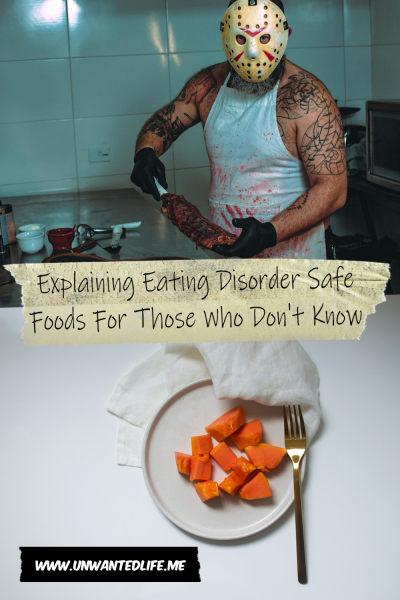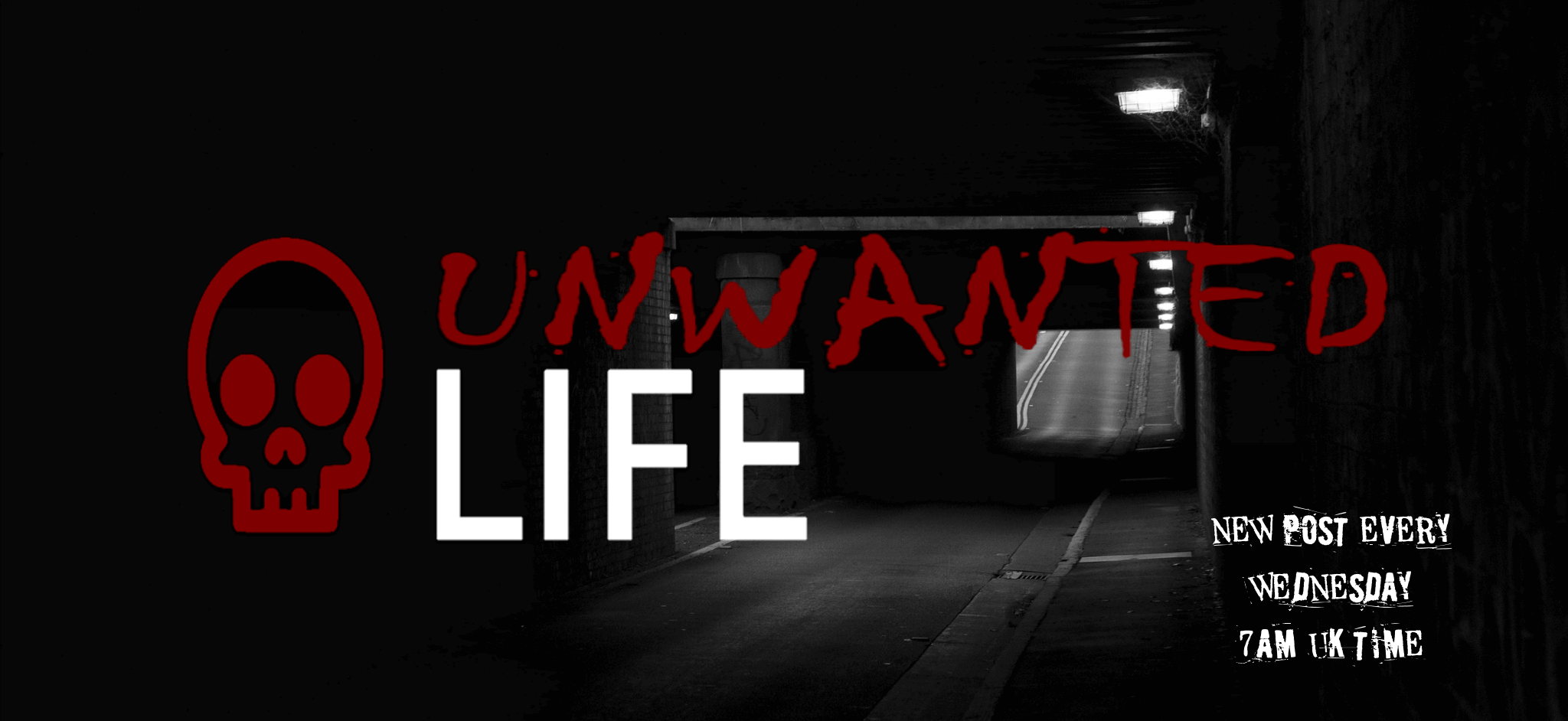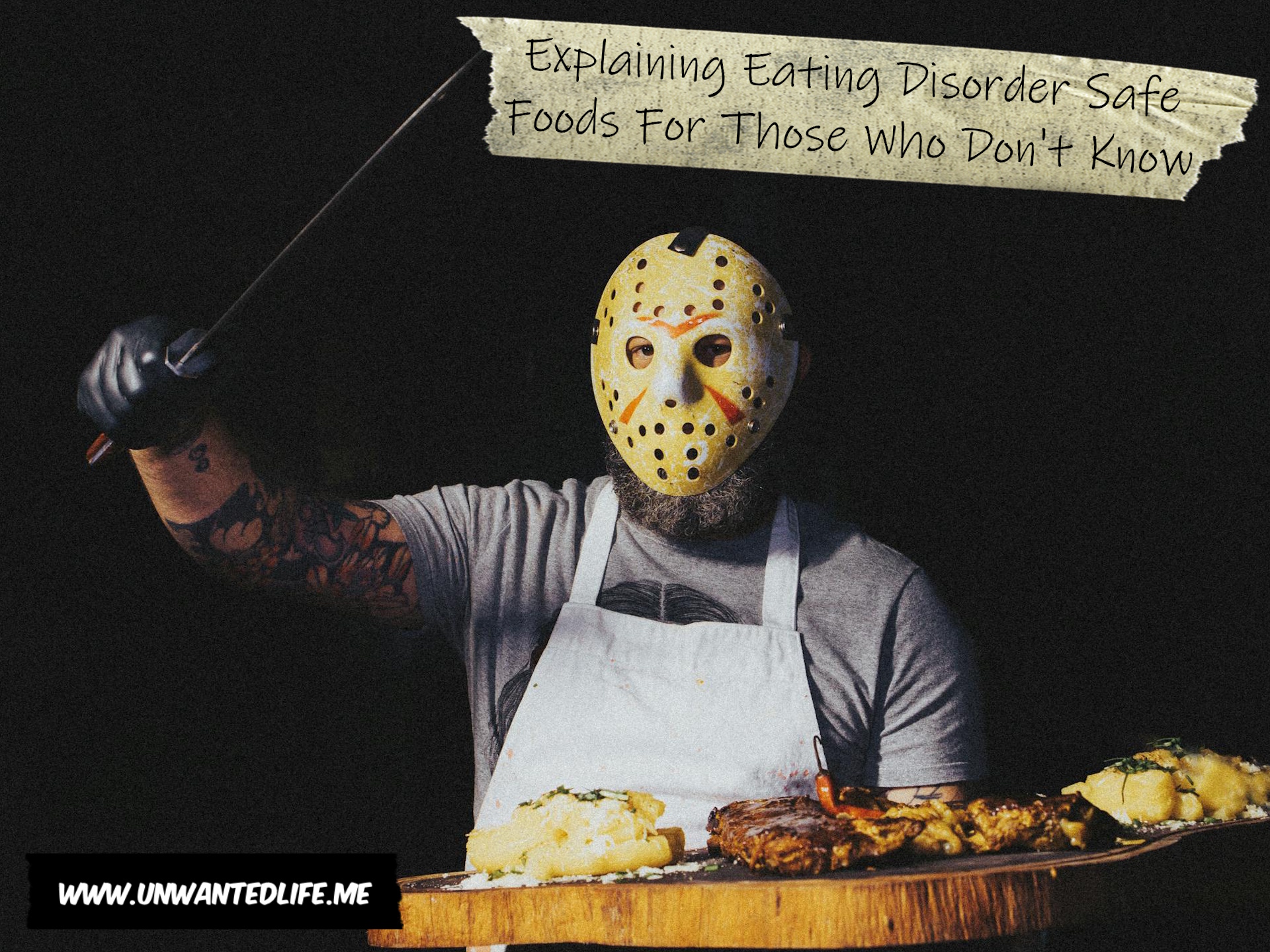Unless you’ve experienced disordered thinking or had an eating disorder, you might not know what safe foods and fear foods are. Even if you have experienced this, you still might not have an understanding of these, so this article is here to change that.
Fear Foods In Recovery
In the context of eating disorders, the terms safe foods and fear foods are often used to describe people’s relationships with certain types of food based on emotional or psychological associations. These terms are commonly associated with conditions like anorexia nervosa, bulimia nervosa, or other specified feeding or eating disorders (OSFED).
Because of this, for people with eating disorders, safe foods and fear foods carry complex emotional and sensory associations that go beyond basic nutrition.
Fear foods are foods that are typically avoided due to fears of weight gain, loss of control, or other negative consequences. Such food may cause anxiety (Hendricks, 2025), discomfort, distress, and even panic attacks, and can lead to the development of a phobia in extreme cases.
Anorexia nervosa, for example, is characterised by behaviours which lead to insufficient calorie intake, such as the avoidance of feared food, which can overlap with anxiety, phobic disorders, and obsessive-compulsive disorder (OCD; Steinglass et al., 2011).
Fear foods can and do cause such intense fear because of their perceived negative consequences. The fear can be linked to weight gain, loss of control, physical discomfort, or negative body image. These fear foods are often high in calories or have specific ingredients, but not always. The fear is not always rational and can be tied to distorted eating disorder thoughts. Thus, they may be categorised based on their perceived calorie content, fat content, or specific ingredients like sugar, carbs, or gluten.
Because of this, avoidance becomes a coping mechanism. This is where people with eating disorders often avoid fear foods altogether, employing strict rules and restrictions. When I went carb-free, it absolutely controlled my life. I couldn’t think of anything else when it came to eating. I went to extreme lengths to avoid carbs, and it became super restrictive.
However, this avoidance can further fuel the cycle of fear and anxiety around these foods. It’s important to remember that the definitions of safe foods and fear foods can be subjective and vary from person to person, depending on their specific eating disorder and individual triggers.
It should also be noted that fear foods can and will include feared drinks as well (Tew, 2024). That’s how overwhelming and all-controlling fear foods can become. For example, beer has a high calorie count and contains carbs, so someone might switch to clear spirits with a sugar-free mixer instead.
Safe Foods In Recovery
Safe foods are typically foods that are perceived as low in calories or fat, and are often readily available. They may provide a sense of comfort and control for someone with an eating disorder, because they feel safe and familiar. However, the food itself might not be inherently healthy, but it provides a sense of ease and avoids triggering anxiety or guilt.
Safe foods often lead to limited nutritional variety, often falling into a limited range of options, leading to potential nutritional deficiencies over time. Someone may only eat raw vegetables or salads as a result of their safe foods.
Safe foods are seen as safe mainly because they don’t challenge our eating disorder-related thoughts and beliefs (Tew, 2024). This can result in problematic diets that can and will harm us over time.
It’s important to remember that the concept of “safe” and “fear” foods can be very personal and vary depending on the specific eating disorder and a person’s experience. What is a safe food for one person may be a fear food for another.
Safe Foods: Building A Healthier Relationship With Food
Professional support
Treatment approaches often involve a combination of nutritional counselling, cognitive-behavioural therapy (CBT), and support for overall mental health. If we or someone we know is struggling with an eating disorder, seeking professional help is crucial for understanding and addressing the underlying issues and establishing a healthier relationship with food. They can also help develop a personalised recovery plan.
Exposure therapy
Expanding the range of safe foods through exposure therapy is an important part of recovery, alongside nutrition education and CBT for rebuilding healthy relationships with food. There are a few ways this could be applied, but my current favourite is suggested by Hendricks (2025).
Before working on the fear food tolerance, we first expand on what we eat from our safe foods, or the green zone. This is where we look for diversity within the safe food list. This will help somewhat with nutrition, but certainly will help with psychological flexibility. Every small change helps. For example, adding a new fruit or switching from iceberg lettuce to spinach.
Next, we move on to the in-between category, the amber foods. Once we’ve made progress with expanding our safe foods, it’s time to move on to the amber food category, helping us prepare for the fear foods work. Compile a list of what we feel is not quite a safe food, but also not quite a fear food either. Then begin exposure to those food items, starting small, literally. Add small portions to what we’d eat from our safe foods list.

Make sure to acknowledge these as experiments, as this can help make it feel easier to manage. Seeing it as an experiment allows us to know that if it doesn’t work out, we can stop. But hopefully it won’t come to that.
Once we’ve become comfortable with that stage, it’s time to apply the same exposure experiment to our fear foods. Again, start small. It’s not a race, so take our time with growing the portion sizes and frequency of adding these food items to our meals.
Fear foods challenge list
A simpler version of the above exposure plan is to identify and create a list of our fear foods. A good task to do with a journal. Keep the list flexible, as we’ll likely identify fear foods that we didn’t fully realise that we had, and add these to the list when they arise (Tew, 2024).
Then just work our way through the list, adding these to our meals. Again, this doesn’t have to be a whole meal; just a little bit can be added to what we eat from our safe foods list. We might find it’s the difference between adding a bit of dressing or bacon bits to a salad.
Meal planning
A study by Greene et al. (2023) conducted a codebook thematic analysis of 241 popular pro-recovery videos on TikTok. One of the recovery tips that featured in 16.18% of those videos was about confronting feared food and having a meal plan.
Having a meal plan helps avoid the problems that come with deciding what to eat in the moment, where we can talk ourselves out of exposure to our fear foods. Our brains like the easiest options, so it’s easy to just fall into the habit we’re trying to break, as that’s the easiest thing we can do.
Summary
To recap, what’s a safe food for one person might be a fear food for another, and the categories can even shift over time during recovery. Therefore, if we or someone we know is struggling with an eating disorder and the complexities of safe foods and fear foods, it’s crucial to seek professional help from a registered dietitian and/or therapist specialising in eating disorders.
A professional can guide us and others in developing a healthy relationship with food, challenge unhelpful thought patterns, and create a personalised recovery plan that addresses our specific needs and challenges. Remember, we’re not alone in this journey. Help and support are available, and we deserve to heal and live a good quality of life.
If our food issues haven’t reached the level of being an eating disorder, then take the time to work through and challenge our eating beliefs so we can get on the road to recovery.
It’s important to remember that these terms, safe foods and fear foods, reflect the emotional and psychological complexities involved in eating disorders. They go beyond nutritional considerations and often signify deeper issues related to body image, self-esteem, and control. However, it’s not exclusive to people with eating disorders; it’s also common in those on the autistic spectrum.
As always, leave your feedback in the comments section below. Also, please share your experiences with safe foods and fear foods in the comments section below as well. Don’t forget, if you want to stay up-to-date with my blog, you can sign up for my newsletter below. Alternatively, click the red bell icon in the bottom right corner to get push notifications for new articles.
Lastly, if you’d like to support my blog, please find the PayPal and Ko-fi donation payment options below. Until next time, Unwanted Life readers.
References
Greene, A. K., Norling, H. N., Brownstone, L. M., Maloul, E. K., Roe, C., & Moody, S. (2023). Visions of recovery: a cross-diagnostic examination of eating disorder pro-recovery communities on TikTok. Journal of Eating Disorders, 11(1), 109. Retrieved from https://link.springer.com/article/10.1186/s40337-023-00827-7.
Hendricks, E. (2025, September). Fear foods in eating disorder recovery: a practitioner’s guide — The Eating Clinic holistic recovery from eating disorders and disordered eating online. The Eating Clinic. Retrieved from https://www.theeatingclinic.com/blog/how-to-use-food-planning-for-eating-disorder-recovery-srrk9.
Steinglass, J. E., Sysko, R., Glasofer, D., Albano, A. M., Simpson, H. B., & Walsh, B. T. (2011). Rationale for the application of exposure and response prevention to the treatment of anorexia nervosa. International Journal of Eating Disorders, 44(2), 134-141. Retrieved from https://pmc.ncbi.nlm.nih.gov/articles/PMC3638259/pdf/nihms325857.pdf.
Tew, P. (2024, May). How to challenge fear foods in eating disorder recovery. Dietitian UK. Retrieved from https://www.dietitianuk.co.uk/how-to-challenge-fear-foods-in-eating-disorder-recovery.


These are good ways to combat eating disorder. Meal plan is important. Thank you for sharing.
Thanks for commenting
This was a great blog post. Even though I don’t have an eating disorder I’ve been working with a dietitian to help me with my PMDD. I’ve been eating more protein and chia pudding for breakfast.